What Value Should We Place on Our Future?
Courtesy of the Old Marlovian
The social cost of carbon might not be a conversation that comes up at the dinner table, but realize it or not the implications of global climate change are far reaching and daunting. How important is the fate of the future generation? When your children grow up, what kind of world do you want them to experience? Putting a numeric value on the future is difficult, but it must be done if we are to change the direction of our energy future, and introduce cleaner energy technologies that produce less harmful pollution and emissions.
Coal is perceived as a more economic energy source then many renewable technologies. The Journal of Environmental Studies and Sciences recently published an article about the implications of modernizing our electricity systems. The US government needs an official cost estimate associated with the production of CO2 from fossil fuels. According to report, without counting pollution and carbon emissions, coal, on average, costs 3.0 cents/kWh versus wind energy (8.0 cents/kWh) or photovoltaics (13.3 cents/kWh) (Johnson et al. 2013). The government is now trying to take into account the environmental costs of using fossil fuels such as coal or natural gas. This includes adding a cost of potential damages caused by the emission of CO2 into the atmosphere. These potential and already realized costs include damages and deaths incurred from drought, floods, heat waves, hurricanes and other natural phenomenon that have been exacerbated given human induced climate change. Additionally, the social cost of carbon has serious public safety and health implications. Increased pollution has led to increases in asthma, water contamination, and rises in climate sensitive diseases. Every day our health and wellbeing are being compromised and if we do not change our current energy practices, and it will only continue to worsen for our futures.
When accounting for these hidden and future social costs it is helpful to use a discount rate. The basic premise of a discount rate is immediate gratification. It is more valuable to have a dollar today than it is to have a dollar in a week. Therefore, future damages are discounted to reflect a current tangible value on energy production relying on fossil fuels. The discount rates the government uses range from 2.5-5% (Johnson et al. 2013). The problem with these discount rates is that they are grossly underestimating the future implications of continuing to burn fossil fuels. For example, a discount rate of 5% values a metric ton of CO2 at $5 while a more reasonable discount rate of 1.5% values a metric ton of CO2 at $122 (Jonhson et al. 2013). The government’s CO2 analysis, “for unexplained reasons, did not extend the intergenerational discount rate below 2.5%” (Johnson et al. 2013). Any problem that took decades to develop, arguably could without reasonable doubt, take time to mend.
When using more reasonable discount rates (below 2.5%) that account for intergenerational consequences, it is evident that renewable technologies, and even existing fossil fuel technologies with carbon capture and storage augmentations, can become cost competitive. The report states that photovoltaics (at 13.3 cents/kWh), onshore wind (at 8.0 cents/kWh) and natural gas at a discount rate of 1.5% (at 10.8 cents/kWh) all become more economic alternatives to conventional coal at a discount rate of 1.5% (at 20.3 cents/kWh) (Johnson et al. 2013).
Although coal will play a role in our near-term energy mix, it is most beneficial to examine the energy systems as a whole rather than to speculate on an individual or regional basis. On average it will be more expensive to continue operation of existing coal power plants than to develop new infrastructure for renewable energies.
It is imperative that the future is considered and valued highly when making decisions about the merits and cost effectiveness of renewable energy solutions. This starts with transparency and honesty about chosen discount rates, and the message they send about the significance we place on our future. It is important to get the facts about renewable energy out to the public so that when the time comes to make a decision, you can make an informed one.

